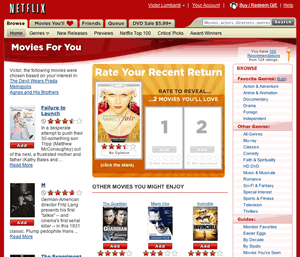A great outcome of Overlap is that the New York attendees — plus other peeps in our network — have been meeting up and continuing the conversation. Some of the same themes keep surfacing, such as the culture of business consulting firms and design firms, and social action. Another is service design.
A fundamental question in service design that we’ve been asking is, to be frank, is this just the same old design under a new title? I’ve spent the better part of the last 13 years designing things for the Internet that, while they result in media and code, are delivered as services. So looking at service design from this point of view doesn’t look much different: there’s a lot of emphasis on the customer and their experience rather than artifacts. But at the end of the day even a service involves making stuff that ultimately facilitates the service.
Service design does seem to be a wonderful catalyst for helping designers consider use of a product over time. Creating interaction points that happen over time isn’t easy to record or communicate, as we turn to time lines, storyboards, flip books, movies, and so on to capture these ideas. A central challenge is to help stakeholders understand what we’re creating in terms of the customer’s experience. It fails when you’re all sitting around staring at an artifact like a web page for a 10 minute critique — as if it were print — when the customer will only look at it for 10 seconds. It’s the experience that needs to be communicated and reviewed, and service design as a frame is helping us talk about these artifacts as interaction rather than just stuff. And that’s a good thing.
Incidentally, Overlap will be happening again in 2007, coordinated by the Toronto set. Stay tuned for details.

 One company I’m reverse engineering is Netflix. The store-less video subscription service
One company I’m reverse engineering is Netflix. The store-less video subscription service